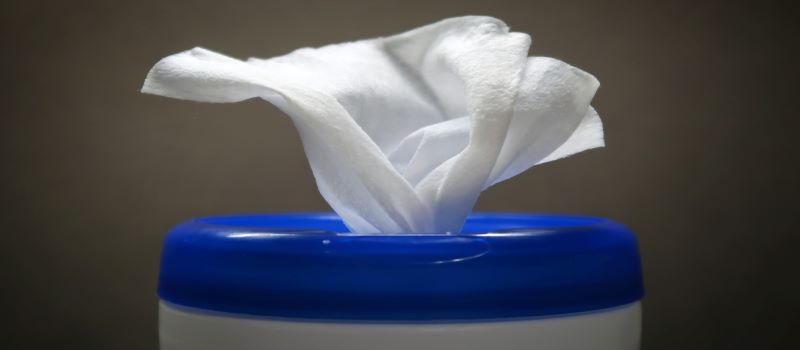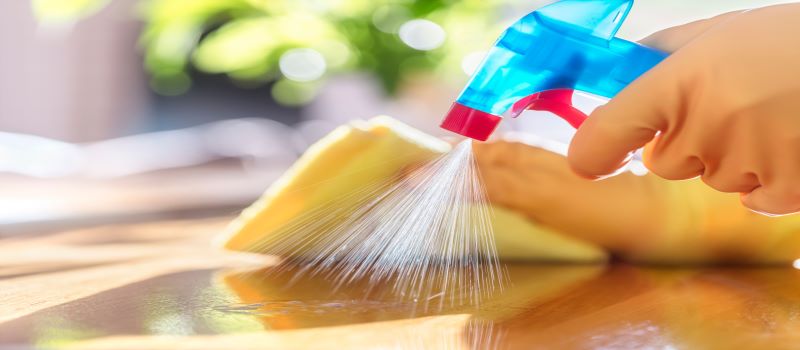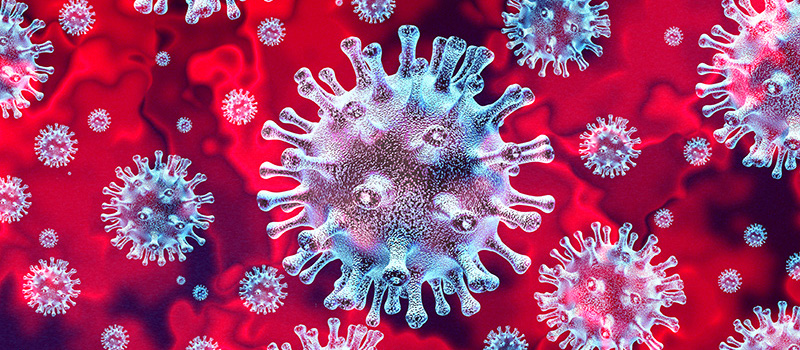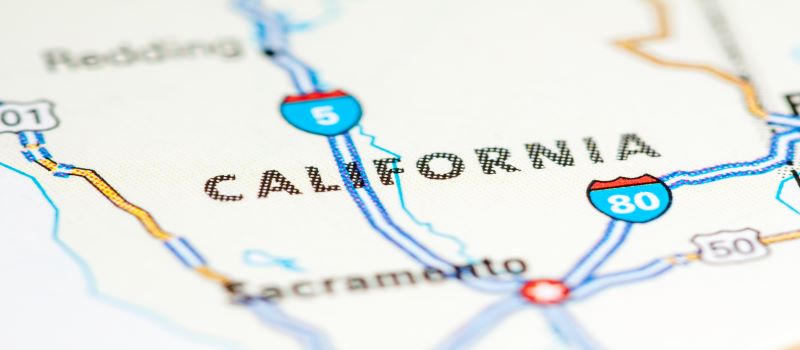By Tony Herber
Last updated on July 17, 2025
In response to the COVID-19 pandemic, caused by a novel coronavirus SARS-CoV-2, the US EPA has announced certain streamlined processes for some disinfectant products. It is important to understand whether your product qualifies for any of these pathways, and what the associated requirements are.
New Registrations
- Does a new disinfectant or antimicrobial product qualify for an expedited review due to the COVID-19 pandemic, caused by a novel coronavirus SARS-CoV-2?
a. Currently there are disinfectant products registered for use with Emerging Viral Pathogens claims (see other question below) providing solutions to the pandemic. As a result, EPA is not allowing the Emergency Exemption pathway for new disinfectant registrations. The minimum timeframe to register a new formula with data is 5 months.
b. Currently there are no antimicrobial treatments, preservatives or coatings registered with viral claims of any kind. While it is possible to work with EPA to develop a new efficacy protocol and obtain a registration for a public health organism, there is not an expedited path. Compared to a traditional test method it would actually take longer than is typical.
c. Devices generating disinfectant solutions do not require a Federal registration if in compliance with the Federal guidance and regulation of devices, meaning the solution is generated on-site and not transported off-site. However, there are certain states that do require the registration of devices prior to sale and require the review of data to substantiate any advertised claims.
SARS-CoV-2 Testing
1. How can I test my disinfectant product for efficacy against SARS-CoV-2?
a. SRC is working with EPA GLP efficacy testing facilities to coordinate and place testing. Contact us today to obtain a quote for the management and testing of these new claims. Once successful studies are obtained, a data amendment or new registration may be submitted to EPA for review via the appropriate PRIA Category. The Agency will prioritize these data submissions.
Emerging Viral Pathogen Claims
1. What is it?
a. Allows approved products to make specific claims off-label (e.g. website, social media, and technical literature to medical facilities) about the product’s expected effectiveness against SARS-COV-2.
i. Automatically places product on the EPA “List N” of disinfectants expected to be effective against SARS-CoV-2.
b. Does my product qualify for the expedited review?
i. If you have an existing healthcare or broad spectrum disinfectant registration that already bears a disinfection claim against at least one large or small non-enveloped virus, the Agency will fast-track the review of your application to add an Emerging Viral Pathogen (EVP) claim to your master label.
ii. If your product does not currently qualify for the EVP claims and you conduct new efficacy studies to obtain the claim, you are not eligible for expedited processing. You may still file a PRIA action (amendment or new registration) to obtain the claim in the corresponding PRIA review time.
c. More info?
2. Allowances for Changes to Formulas
a. What is it?
i. EPA is allowing products on List N (and the active ingredients used to formulate them) to make certain formulation changes without waiting for EPA to approve.
ii. The Agency has published a temporary amendment to PR Notice 98-10 that details all requirements and stipulations.
b. Does my product qualify for this temporary “submit and go” process?
i. Is it a disinfectant on List N?
1. If not, then no.
2. If it is, then yes, it likely does.
c. What types of changes can be made without waiting for EPA approval for qualifying products?
i. Additional suppliers of certain active ingredients (unregistered active ingredient source)
1. Limited to ethanol, hydrochloric acid, sodium hypochlorite, hydrogen peroxide, hypochlorous acid, citric acid, L-lactic acid, and glycolic acid.
2. Must be same purity/strength as existing sources on the CSF, or difference in purity must be accommodated only with water.
ii. Additional suppliers of active ingredient (registered sources)
1. Must be same purity/strength as existing sources on the CSF, or difference in purity must be accommodated only with water.
2. Typically, different strengths of Active Ingredients are handled on separate CSFs
iii. Additional suppliers of Inert Ingredients
1. Similar inert ingredients (same CAS No. and purity) qualify.
2. Commodity inert ingredients (see below, not related to the temporary 98-10 amendment)
iv. Addition of EPA Establishments for Production
1. Additional Establishments may be listed on the CSF and utilized immediately after submission to EPA, only for products using a registered source of active ingredient.
2. Establishment must already be EPA registered facility. To obtain a new EPA establishment number, contact SRC for assistance.
3. No allowance for products made with unregistered source(s) of active ingredient.
d. Where can I find the document?
3. What are “commodity inert” ingredients?
a. Certain widely available, well-understood chemicals may now be utilized in all pesticide products without identifying specific suppliers. Registrants may switch suppliers of these ingredients without informing the Agency.
b. This policy change is separate from the temporary 98-10 amendment, though it is timely given current supply constraints.
c. EPA intends to update the list periodically. It is not being advertised as temporary.
d. Proprietary blends, including dyes, and fragrances that are mixtures are not covered by the policy.
e. Inert ingredients must be on EPA’s list to qualify (https://www.epa.gov/pesticide-registration/commodity-inert-ingredients)





